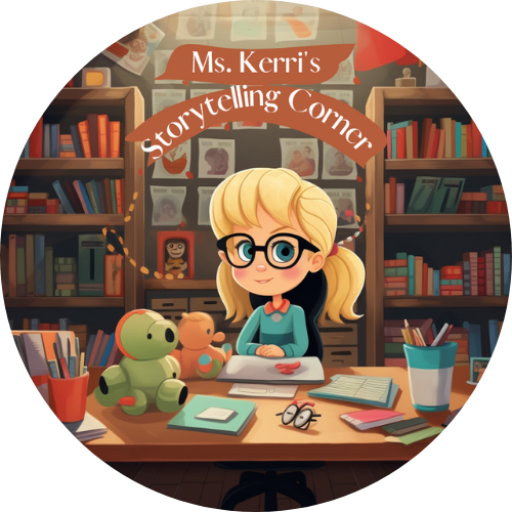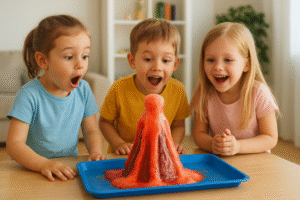Helping toddlers develop fine motor skills can be both fun and practical. The kitchen is a treasure trove of opportunities for little hands to learn and grow. From mixing ingredients to creating edible art, everyday cooking tasks can secretly enhance those essential small muscle movements. Plus, it’s a great way to bond while teaching your child valuable life skills. Let’s explore some engaging kitchen activities that can boost fine motor skills in your little ones.
Key Takeaways
- Kitchen tasks like stirring and kneading improve hand strength and coordination.
- Using cookie cutters and measuring cups can enhance dexterity and precision.
- Creative food play, such as making edible art, encourages imagination while developing fine motor skills.
- Pouring and transferring ingredients helps with hand-eye coordination and control.
- Involving kids in cooking routines teaches them practical skills while they strengthen their fine motor abilities.
Engaging Kitchen Tasks for Fine Motor Skills

Let’s get those little hands working! The kitchen is a goldmine for activities that help toddlers develop their fine motor skills. It’s not just about cooking; it’s about learning and growing through play. Here are some simple tasks that can make a big difference:
Stirring and Mixing Ingredients
Stirring is a fantastic way to build hand strength and coordination. Give your toddler a bowl and some ingredients like yogurt or pudding. The resistance they feel while stirring helps develop those tiny muscles. It’s also a great way to introduce them to different textures and smells. Just be prepared for a little mess!
Kneading Dough for Strength
Kneading dough is like a mini workout for little hands. It requires them to use their muscles in a repetitive motion, which builds strength and endurance. Plus, it’s a sensory experience! The squishy, pliable texture of the dough is fascinating for toddlers. Start with a small ball of dough and let them squish, roll, and pound it to their heart’s content.
Using Cookie Cutters Effectively
Cookie cutters aren’t just for making cookies; they’re also great for developing fine motor skills. Pressing down on the cookie cutter requires precision and control, which helps strengthen hand muscles. You can use cookie cutters with dough, playdough, or even soft fruits and vegetables. It’s a fun way to introduce shapes and encourage creativity.
Remember to always supervise your toddler in the kitchen and ensure they are using age-appropriate tools and ingredients. Safety first! With a little creativity, you can turn everyday kitchen tasks into valuable learning experiences.
Creative Play with Food Items

Building with Fruits and Vegetables
Forget LEGOs, let’s build with broccoli! Turn snack time into construction time by using fruits and veggies to create towers, houses, or even silly faces. My kid loves using carrot sticks as support beams and grapes as tiny bowling balls. It’s a fun way to get them to try new textures and flavors without the pressure of “eating your vegetables.” Plus, it keeps them busy while you prep dinner.
Making Edible Art
Who says you can’t play with your food? Grab some yogurt, fruit purees, and a plate, and let your toddler become an artist. They can swirl the yogurt to create a canvas and then use the purees as paint. Sprinkles, mini chocolate chips, or even crushed cereal can add texture and detail. It’s messy, yes, but the smiles and creativity are worth it. We’ve even tried making mayonnaise cookies and decorating them with food coloring!
Creating Shapes with Dough
Dough isn’t just for baking; it’s a fantastic sensory material. Whether it’s homemade playdough or leftover pizza dough, let your toddler squish, roll, and shape it to their heart’s content. Cookie cutters are great, but so are little hands. Encourage them to make snakes, balls, or even abstract sculptures.
This activity is great for developing hand strength and coordination. Plus, it’s a calming activity that can help toddlers unwind after a busy day. Just make sure they don’t eat too much raw dough!
Here are some ideas to get you started:
- Make a batch of salt dough for lasting creations.
- Use food coloring to dye the dough different colors.
- Add essential oils for a scented sensory experience.
Measuring and Pouring Activities
Using Measuring Cups and Spoons
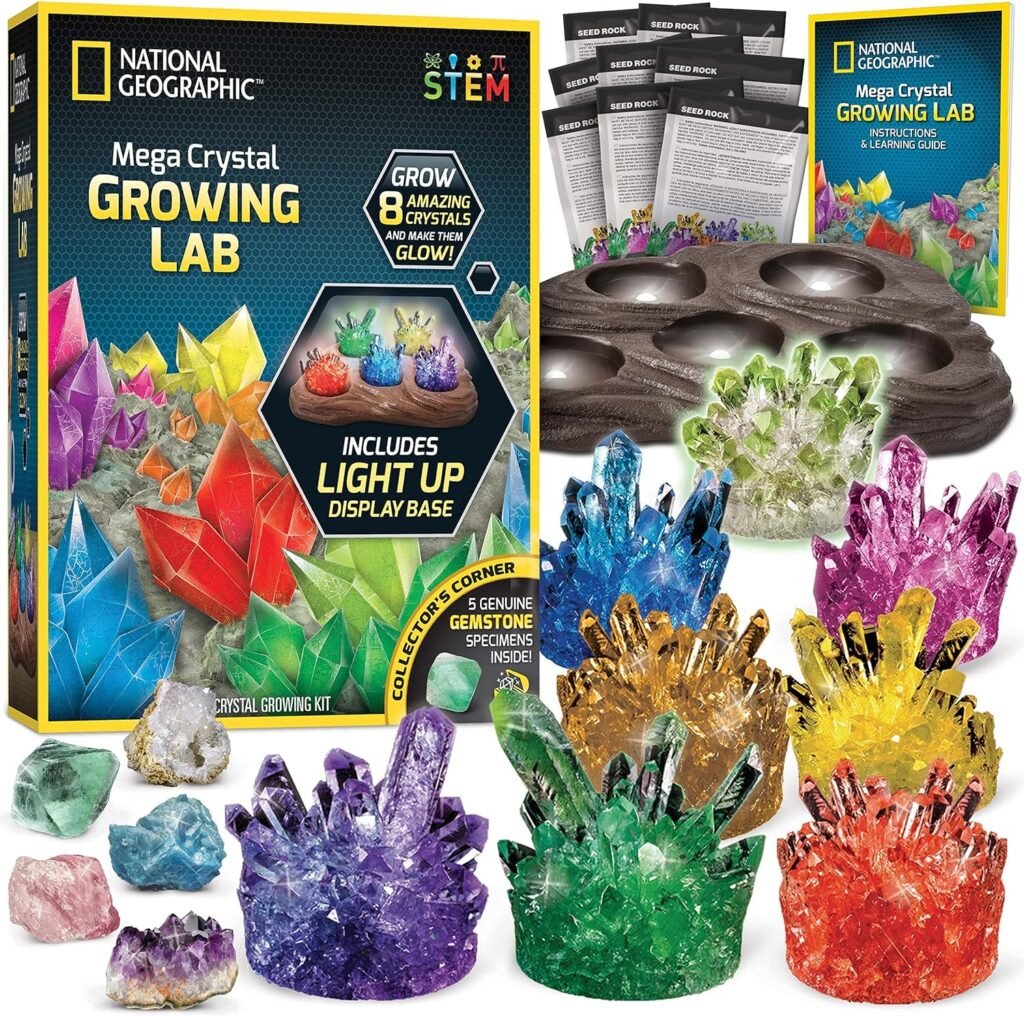
Kids love to play with water, and measuring cups and spoons are perfect for that! Let them explore volume and capacity by filling and emptying containers. It’s a great way to introduce basic math concepts in a fun, hands-on way. I usually give my toddler a bunch of different sized cups and let her go wild in the sink. It gets messy, but she learns so much!
Pouring from One Container to Another
Pouring activities are awesome for developing hand-eye coordination. Start with something easy like water or rice, and let your child practice pouring from a pitcher into cups or bowls. You can even make it a game by setting up a “tea party” for their toys. Just be prepared for spills!
Transferring Ingredients with Tongs
Tongs aren’t just for grilling! They’re also fantastic for building fine motor skills. Have your child use tongs to transfer small items like pom-poms, dried beans, or even small pasta shapes from one bowl to another. This activity helps develop their pincer grasp, which is important for writing and other fine motor tasks.
I’ve found that using different sized tongs adds an extra challenge. My son loves using the tiny tongs to pick up beads, and it keeps him entertained for ages. Plus, it’s a sneaky way to get him to practice his concentration skills.
Spreading and Slicing Techniques
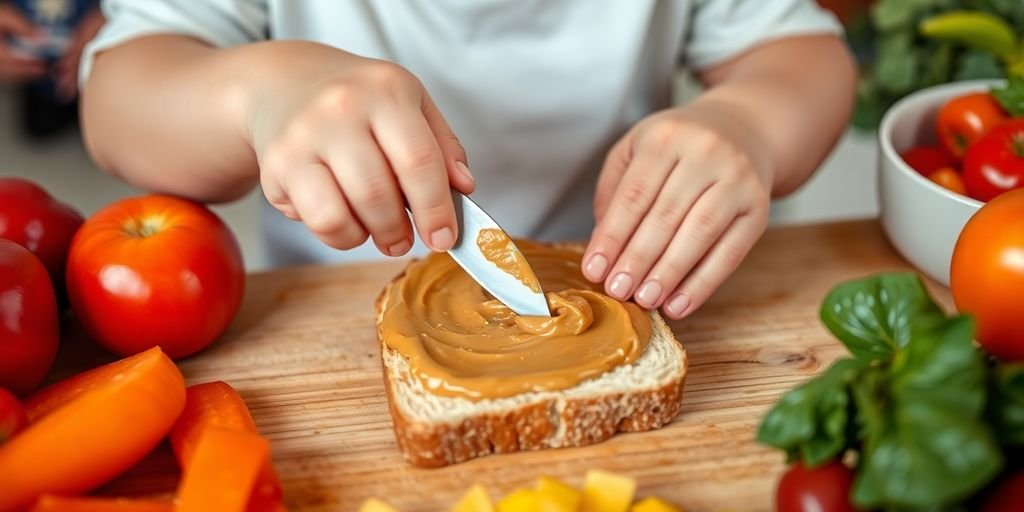
Slathering Butter or Jam
Spreading is a fantastic way to work on those fine motor skills. First, give your toddler a small, dull butter knife and let them spread butter or jam on toast or crackers. Importantly, it’s not just about the food; it’s about learning to control the pressure and direction of their movements. As a result, this activity helps develop hand-eye coordination and strengthens the muscles in their hands and wrists. Moreover, they get a tasty snack at the end! Although it might get a little messy, that’s part of the fun. Additionally, you can even turn it into a mini-lesson on healthy eating by talking about the different types of spreads and their ingredients.
Cutting Soft Foods with Safety Knives
Introducing your toddler to cutting soft foods with safety knives is a great way to build confidence and fine motor skills. To begin, start with something easy, like bananas, cooked carrots, or soft cheese. Importantly, ensure you’re using a knife designed for kids—these typically have rounded edges and are made from plastic or nylon. Furthermore, this activity not only enhances their cutting skills but also encourages independence in the kitchen.
Here’s a simple way to introduce knife skills:
- Show them how to hold the knife properly.
- Demonstrate how to make a gentle sawing motion.
- Supervise them closely and offer guidance as needed.
It’s important to emphasize safety. Teach them to always cut on a cutting board and to keep their fingers out of the way. With practice, they’ll be slicing and dicing like little pros in no time. This is a great way to introduce hands-on cooking experiences.
Using a Rolling Pin for Dough
Rolling out dough is another excellent activity for developing fine motor skills. Give your toddler a small rolling pin and a ball of dough (playdough works great if you don’t want to bake anything). Show them how to roll the dough back and forth, applying even pressure. This helps strengthen their arm and hand muscles, and it’s also a great way to relieve stress! You can even use cookie cutters to make fun shapes once the dough is rolled out. It’s a simple activity, but it provides a lot of opportunities for learning and development.

Exploring Textures and Sensory Play
Playing with Flour and Water
Okay, so maybe you’re thinking, “Flour and water? That’s it?” But trust me, this is a classic for a reason. Mixing flour and water is like a mini science experiment that toddlers can actually get their hands into. It starts off powdery and dry, then transforms into a gloopy, sticky mess. Let them explore the different consistencies. Add a little more water, a little more flour. See what happens! It’s all about the sensory experience. My kid loves to just squish it between their fingers. Just be prepared for a bit of cleanup afterward!
Creating Sensory Bins with Rice
Sensory bins are awesome. They’re basically containers filled with stuff that kids can explore with their hands. Rice is a great base because it’s cheap and easy to clean up (relatively speaking, anyway!). You can add all sorts of things to the rice: small toys, scoops, measuring cups, spoons. The goal is to let them dig, pour, and explore. You can even hide little treasures in the rice for them to find. It’s like an indoor sandbox, but without all the sand getting everywhere. For children who resist messy play, start with less intimidating materials like dry rice or pasta before introducing more tactile substances.
Making Mud Pies and Potions
Okay, this one is definitely an outdoor activity, unless you’re feeling really brave (or maybe a little crazy). Mud pies and potions are all about getting dirty and using your imagination. All you need is some dirt, water, and a few containers. Let your toddler mix and mash to their heart’s content. They can add leaves, sticks, flowers – whatever they find in the yard. It’s a great way to connect with nature and let their creativity run wild. Just hose them down before they come back inside! Here are some things to keep in mind:
- Embrace the mess.
- Use old containers.
- Let them lead the way.
This is a great way to let kids explore different textures and get comfortable with getting messy. It’s also a good opportunity to talk about nature and the different things they find in the dirt. Plus, it’s just plain fun!
Building Skills with Kitchen Tools
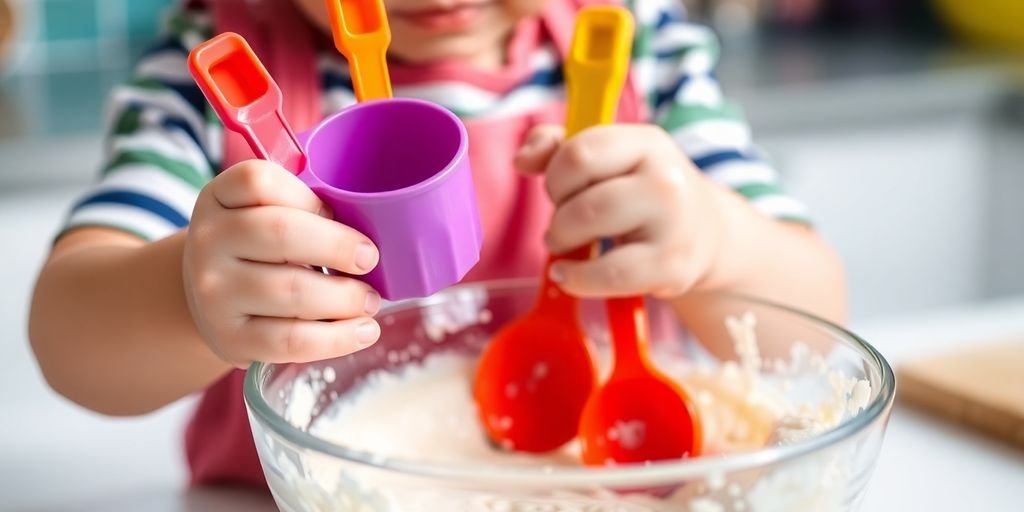
Twisting Caps on Containers
You know those stubborn jar lids that even adults struggle with? Well, they’re amazing for little hands. Letting your toddler try to twist caps on and off containers is a fantastic way to build their hand strength and coordination. Start with easy ones, like water bottles or yogurt containers, and gradually move to tighter lids as they get stronger. It’s a simple activity, but it really works those little muscles.
Using Clothespins for Pinching Practice
Clothespins aren’t just for laundry! They’re perfect for developing the pincer grasp, which is essential for writing and other fine motor tasks. You can set up a simple activity where your toddler clips clothespins onto the edge of a bowl or a piece of cardboard. Make it a game by having them “rescue” small toys or pictures that are “stuck” to the board with clothespins. It’s surprisingly engaging and beneficial.
Manipulating Kitchen Utensils
Give your toddler a chance to explore different kitchen utensils. Think spoons, whisks, spatulas, and tongs. Let them practice scooping, stirring, and transferring items from one bowl to another. It doesn’t matter if they’re just playing with dry beans or rice; the act of manipulating these tools helps them develop hand-eye coordination and dexterity. Just make sure the utensils are safe and age-appropriate, and always supervise them closely.
I remember when my daughter was little, she was obsessed with my whisk. She would spend ages just swirling it around in the air, making “magic potions.” It was messy, sure, but it kept her entertained and helped her develop her fine motor skills without her even realizing it!
Incorporating Fine Motor Skills into Cooking
Measuring Ingredients for Recipes
Getting your toddler involved in measuring ingredients is a fantastic way to sneak in some fine motor practice. Think about it: scooping flour, carefully pouring liquids, and leveling off measuring cups all require precise movements. It’s not just about following a recipe; it’s about developing hand-eye coordination and control. Plus, they’re learning about math without even realizing it! It might get a little messy, but the learning experience is worth it. You can start with something simple, like measuring out ingredients for recipes for cookies or pancakes.
Following Simple Recipes Together
Choosing a simple recipe and working through it together provides a structured opportunity for fine motor skill development. It’s more than just cooking; it’s a chance to practice following instructions, which involves focus and attention. Tasks like stirring batter, sprinkling cheese, or even just tearing lettuce leaves are all great for little hands. The best part? You get to enjoy the delicious results together!
- Read the recipe aloud, pointing to each step.
- Let your toddler help gather the necessary ingredients.
- Encourage them to perform simple tasks like stirring or sprinkling.

Cleaning Up as a Learning Experience
Even cleaning up after cooking can be a fine motor workout! For instance, wiping down surfaces, sorting utensils, and putting away ingredients all require different hand movements and coordination. Moreover, it’s a great way to teach responsibility; furthermore, it helps continue building those essential skills. Additionally, it sets a good example for your child about the importance of tidiness.
Cleaning up together can be a fun way to reinforce the skills they’ve been practicing during the cooking process. It also teaches them about cause and effect – if we make a mess, we clean it up! It’s all part of the learning experience.
Wrapping It Up
So, there you have it! Kitchen activities are not just about cooking; they’re a sneaky way to help your toddler build those fine motor skills. From stirring batter to using cookie cutters, every little task helps strengthen their hands and fingers. Plus, it’s a great chance for you to bond while teaching them some practical skills. Just remember, it’s all about the little moments. Celebrate their progress, no matter how small, and keep the fun going. With a bit of creativity and patience, you’re setting them up for success in so many areas of life. Happy cooking!
Frequently Asked Questions
What are fine motor skills?
Fine motor skills are the small movements we make with our hands and fingers. They help us do things like writing, buttoning clothes, and using utensils.
Why are kitchen activities good for fine motor skills?
Kitchen tasks like stirring, kneading, and pouring help strengthen the small muscles in a child’s hands. These activities also teach practical skills and can be fun!
How can I make cooking activities engaging for toddlers?
You can make cooking fun by letting toddlers stir ingredients, use cookie cutters, and create shapes with dough. Encourage them to explore and be creative!
What safety measures should I take when involving toddlers in the kitchen?
Always supervise toddlers closely. Use safe tools, like dull knives for spreading and non-breakable measuring cups, to keep them safe while they learn.
Are there specific kitchen tools that help develop fine motor skills?
Yes! Tools like measuring cups, tongs, and rolling pins are great for practicing fine motor skills. They encourage gripping, pinching, and pouring.
Can cooking activities also teach other skills?
Absolutely! Cooking can teach math (like measuring), science (like mixing ingredients), and even nutrition, all while developing fine motor skills.


Ms. Kerri’s Corner provides a exciting virtual space for preschool learning. Through a variety of engaging activities, she exposes young minds to early math, literacy, science and social-emotional skills in a developmentally appropriate way. Centers for blocks, art, books and music allow children to explore hands-on learning at their own pace. Guided lessons subtly introduce number sense, letter sounds and narrative thinking. Careful observation gives insight into each child’s progress across domains. Viewers are also invited to participate, reinforcing that their ideas are valued. By making learning fun yet purposeful, Ms. Kerri lays the groundwork for future academic success while fostering creativity and imagination. Her program offers preschoolers valuable screen-based learning experiences.
